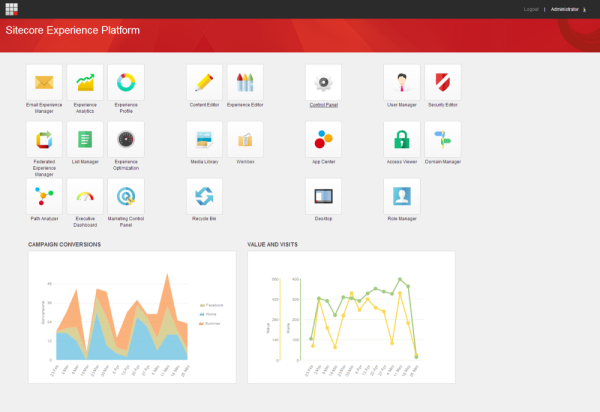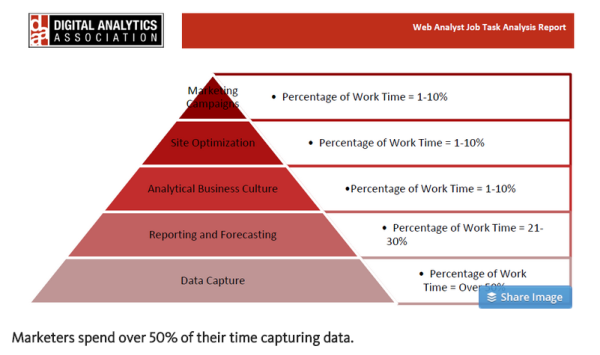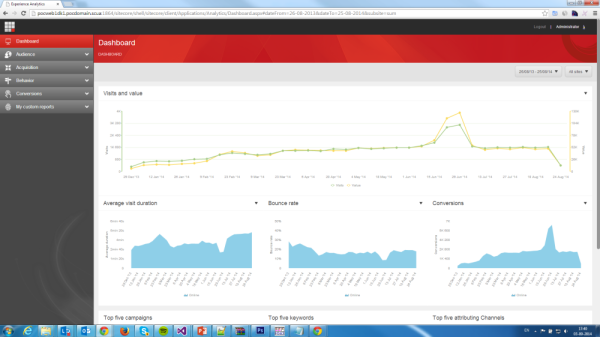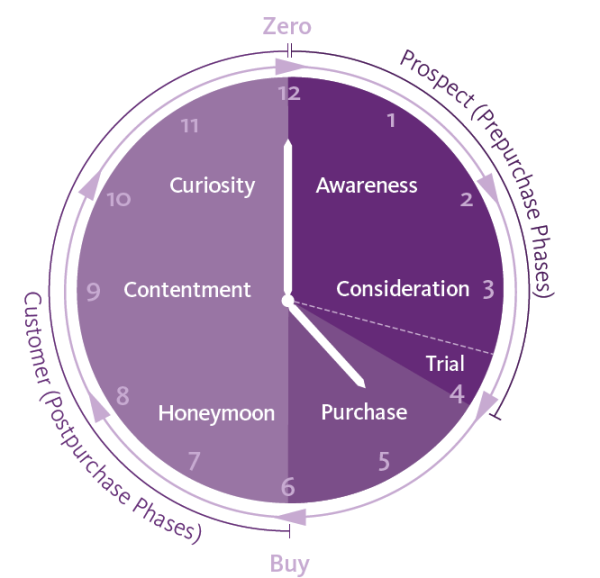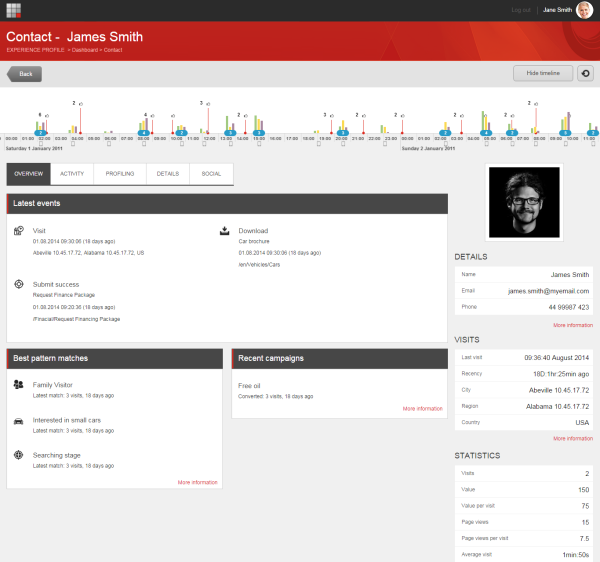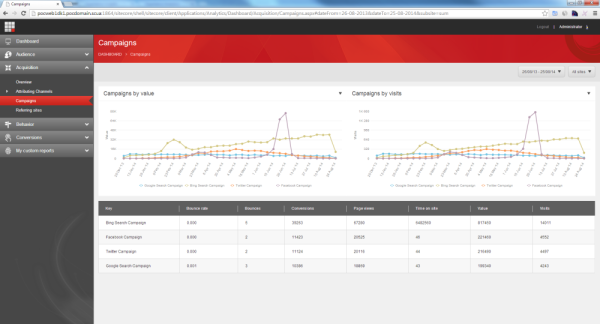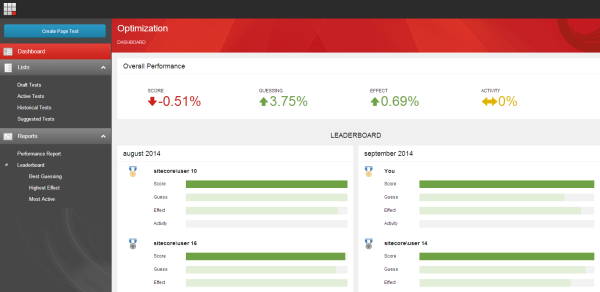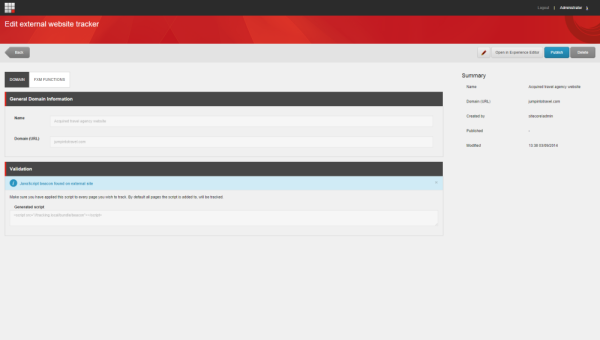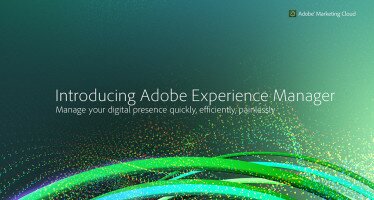Sitecore 8: Helping you Create Life Long Customers
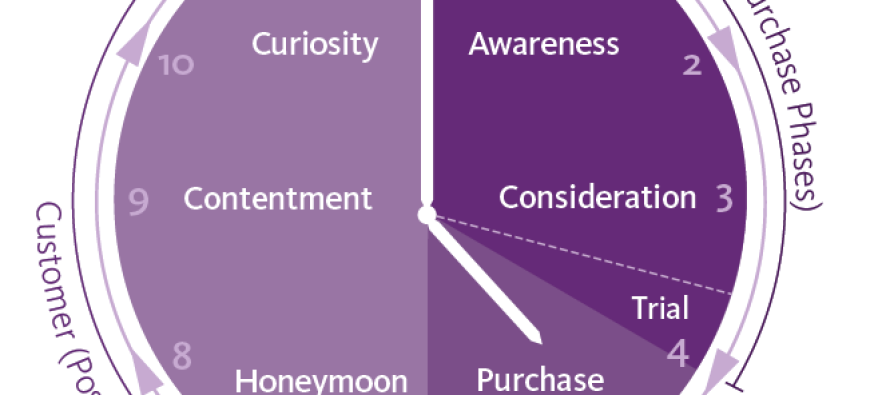
That title sounds a little cheesy, but that’s essentially what the newest version of Sitecore is designed to do. Sitecore 8 claims to offer an end-to-end-to-end platform that gives you everything you need, but also integrates other systems you are using.
Sitecore 8 is built around the idea that loyalty is the key to a company’s success, and this is something research agrees with. Recent research from Forbes Insights (sponsored by Sitecore) shows that existing customers can provide up to 65% of most companies revenue, yet only 38% focus on this customer base, 49% still identify new customers as their company’s revenue growth focus.
Part of this desire to concentrate on acquisition vs retention is because retention is harder to do. It requires you to understand a lot about your customers and unfortunately most marketers are still trying to connect the dots between customer data stored in disjointed applications.
Of course that is where Sitecore 8 comes in. Darren Guarnaccia, Sitecore CTO said to me in a recent interview that marketers need to focus on the creative aspects of their jobs, the part they love the most. But research shows that 50% of a marketer’s time is spent on data gathering, with only 1-10% spent on actual campaigns.
Sitecore and its Single View of the Customer
Sitecore 8 provides marketers with a big data marketing repository that stores just about everything possible about a customer, including data from other systems such as ERP, CRM, customer service and non-Sitecore websites. This repository provides a single view of the customer (something 13% in the Forbes survey said they don’t have at all, and only 24% felt they did have).
Using Sitecore’s Experience Database – xDB – this SVOC repository, marketers can stop worrying about getting all the data and start using it to build personalized, contextual, and real-time experiences for their customers.
Something else that Sitecore 8 offers – automatic testing and optimization. Sitecore will recommend the best content, best segments to target, best paths to conversion and automatically write the rules to optimize what it’s learning based on the data it has about a customer.
Influencing the Loyalty Loop
McKinsey defined the Loyalty Loop in 2009:
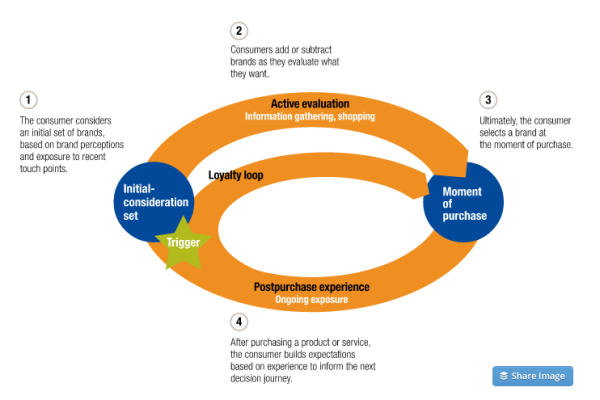 What it said was that the post-purchase experience shapes the customer’s opinion of the brand for every subsequent decision it makes. So while marketers may spend much of their time in acquisition mode, the reality is, their job has only begun once the buyer makes the purchase. Loyalty is critical to a company’s success (I think I said that already).
What it said was that the post-purchase experience shapes the customer’s opinion of the brand for every subsequent decision it makes. So while marketers may spend much of their time in acquisition mode, the reality is, their job has only begun once the buyer makes the purchase. Loyalty is critical to a company’s success (I think I said that already).
Sitecore 8 wants to help you build that life long customer. And it does it through the data it maintains on each customer, its automated testing and optimization and its insights. Consider that you are tracking interactions with customers well after they purchase your product/service, so why not use that information to develop a continuous relationship that not only keeps the customer happy, but interested and open to new products/services?
Additional Benefits of Sitecore 8
You can customize the platform to work the way your business works. So that means customized workflows, taxonomies and processes, giving access to the right tools and information to the right people, pulling together integrated teams to work in a single place, improved content development and co-ordination, and more. You define how you want to work and how the customer wants to interact with you instead of being stuck with what’s offered out of the box.
Analytics have also been improved in Sitecore 8 providing insights on what happened yesterday, now and what might happen tomorrow (ooh predictive..). Insights are also integrated in a way that enables marketers to make decisions immediately. You also don’t need to do a lot of set up to get the right reports with the right content, pick a question “what do you want to know” and how you want it displayed and off you go.
This all sounds really good doesn’t it? But where is the detail? What exactly has changed from an interface perspective, how has the underlying technology changed and how exactly does Sitecore figure all this stuff out automatically? There’s a lot that happens behind the scenes so marketers don’t need to do it themselves, but it’s still information that most of us want to understand. So let’s get the dets and fill you in.
Note: Here are a few more screenshots from Sitecore 8.
Share and Enjoy
Related Articles
Adobe Heads Pack for Web Content Management Says Forrester, Adobe’s Take
Adobe’s take on its leadership position in the Forrester Wave for Web Content Management, from Loni Stark.
Share and Enjoy
Hippo Takes an Intelligent View of Web Content Management
Hippo is not gearing up its own Marketing Cloud. Instead, the Amsterdam based WCM vendor, is focusing its attention on
Share and Enjoy
The WCM Selection Process: Where Your Design Firm Fits
I recently had the opportunity to write an eBook sponsored by Percussion Software. As companies strive to deliver highly personalized


